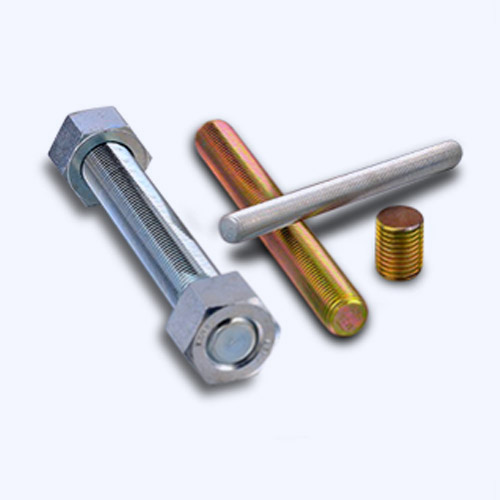Nov . 10, 2024 17:34 Back to list
Choosing the Right Drill Size for Sleeve Anchors Installation Guide
Understanding Sleeve Anchor Drill Sizes A Comprehensive Guide
When it comes to securing fixtures and structures to concrete and masonry, sleeve anchors are a favorite choice among builders and DIY enthusiasts. These versatile fasteners provide excellent holding power and are relatively easy to install. However, to ensure their effectiveness, selecting the right drill size for the sleeve anchor is crucial. This article aims to dissect the importance of drill sizes for sleeve anchors and provide guidance on how to choose the appropriate size for your project.
What is a Sleeve Anchor?
Sleeve anchors are a type of mechanical anchor used to attach objects to solid concrete and masonry. They consist of a threaded bolt with a sleeve or tube around it. When the bolt is tightened, it expands the sleeve against the sides of the drilled hole, creating a strong hold. Given their strength and reliability, sleeve anchors are commonly used in various applications, from securing shelves and benches to installing safety barriers and structural supports.
Importance of Drill Size
The drill size is critical when installing a sleeve anchor. If the hole is too small, the anchor will not fit properly, resulting in an insecure hold. Conversely, if the hole is too large, the anchor may not be able to grip the material effectively, leading to failure under load. The drill size must correspond to the anchor's diameter to ensure a snug fit and optimal performance.
Determining the Correct Drill Size
To determine the correct drill size for a sleeve anchor, refer to the manufacturer's specifications. Each sleeve anchor comes with detailed instructions indicating the appropriate drill bit size. As a general guideline, the drill bit diameter should match the diameter of the sleeve anchor. For instance, if you are using a 3/8-inch diameter sleeve anchor, you will typically need to use a 3/8-inch masonry drill bit.
Additionally, it is essential to account for the anchor's length and its specific application. Make sure to drill to the recommended embedment depth, which is usually specified on the anchor packaging. This depth is crucial for maximizing the holding strength, as it allows the sleeve to expand adequately and engage with the surrounding material.
sleeve anchor drill size

Types of Drill Bits
When drilling holes for sleeve anchors, the type of drill bit used is also a consideration. For concrete and masonry, carbide-tipped masonry bits are commonly recommended. These bits are designed to withstand the hardness of concrete and provide a clean hole. For light-duty applications or softer materials, standard twist drill bits might suffice, but dense concrete will typically require the durability of masonry bits.
Installation Tips
1. Mark the Drill Points Before drilling, carefully mark the points where the sleeve anchors will be installed. This minimizes errors and ensures accuracy.
2. Use a Hammer Drill For best results in concrete, a hammer drill should be used. This type of drill combines rotary drilling with a percussive hammering action, making it easier to penetrate tough materials.
3. Clean the Holes After drilling, it’s crucial to clean out the holes. Dust and debris can interfere with the anchor's ability to grip the substrate. Use a wire brush or compressed air to ensure the holes are clear.
4. Follow the Recommended Torque Specifications Once the sleeve anchor is installed, tighten it to the manufacturer's recommended torque specifications. This ensures that the anchor is secure and will provide long-lasting stability.
Conclusion
Choosing the right drill size for sleeve anchors is not merely a matter of convenience; it is a critical step in ensuring the success of your construction or renovation project. By adhering to proper guidelines, using the correct drill bits, and following installation best practices, you can ensure a firm, secure hold for your anchors. Whether you are a seasoned contractor or a first-time DIYer, understanding sleeve anchor drill sizes will enhance the integrity of your work and promote safety in your installations.


